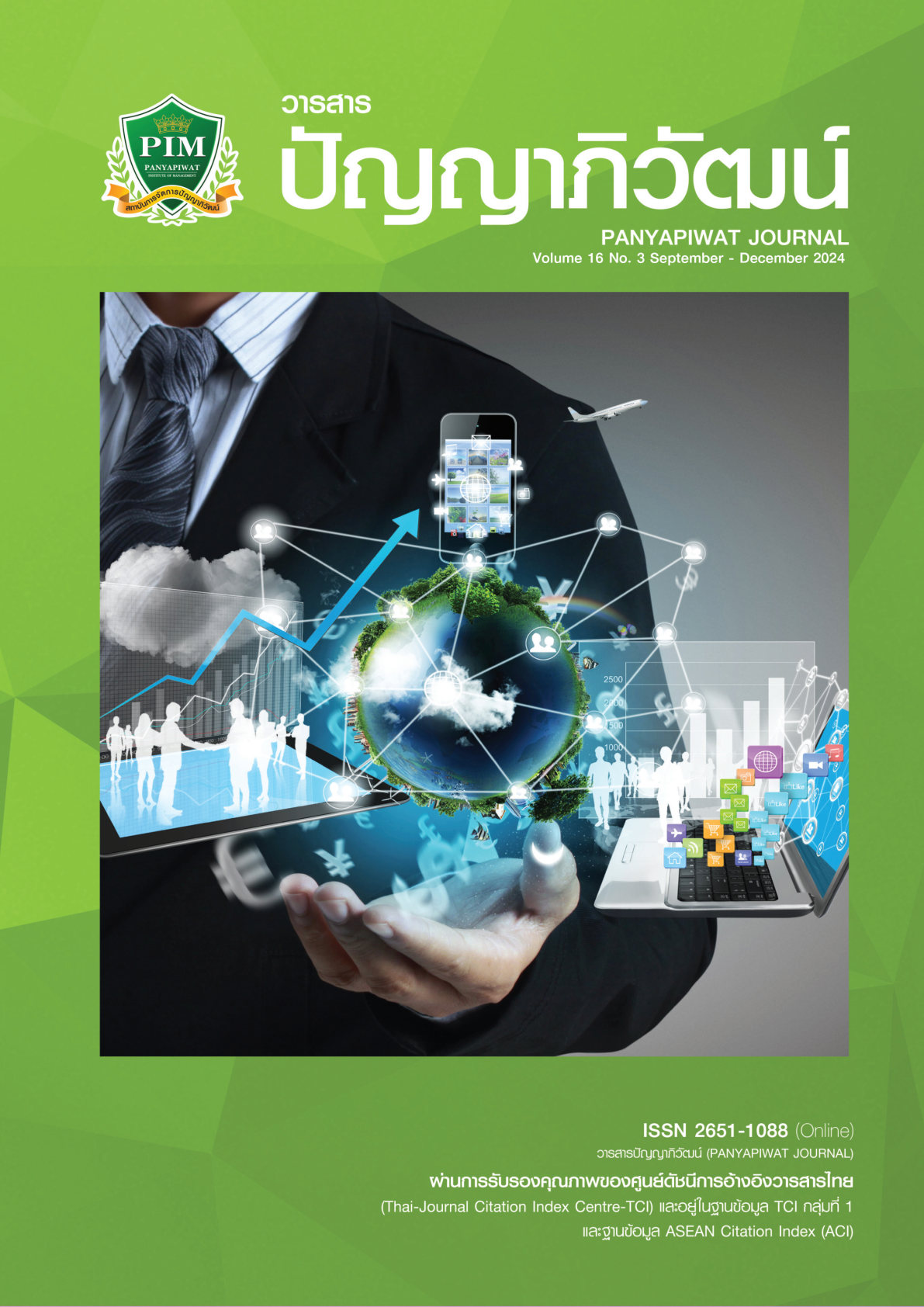FACTORS AFFECTING DECISIONS TO PURCHASE COSMETICS AMONG FEMALE CABIN CREW OF QATAR AIRWAYS
Main Article Content
Abstract
This study investigates the decision-making process for purchasing cosmetics among female cabin crew at Qatar Airways. It explores how factors like nationality, age, marital status, education, position, and experience influence their choices. Additionally, it examines external factors (subjective norms, brand image, company regulations) and internal factors (perceived usefulness, brand trust, gratification shopping, green cosmetics awareness) on their purchasing decisions. A mixed-method approach was used, combining qualitative and quantitative research methodologies. Qualitative data were collected through semi-structured interviews with 20 cabin crew members (using convenience and quota sampling) segmented by position (F2: 40%, F1: 30%, CS: 20%, CSD: 10%). Quantitative data were collected through surveys from 400 cabin crew members (using purposive and quota sampling) again segmented by position. Statistics for data analysis included the frequency, percentage, mean, standard deviation, and hypothesis testing (t-tests, ANOVA, regression). The qualitative research identified “Company Regulations” as an additional factor. Crew members primarily purchase cosmetics required by the company, with lipsticks (deep red/pink) being the most popular choice due to company guidelines. Additionally, crew members mostly make independent decisions, with colleagues’ recommendations influencing brand selection. Cosmetics are also purchased for stress relief and self-gifting. The quantitative research found that most respondents were Asian, aged 26-30, single, with bachelor’s degrees and no prior flying experience. Age, position, and experience did influence purchasing decisions. External factors (subjective norm, brand image) and internal factors (perceived usefulness, gratification shopping) significantly affected purchasing decisions (p < 0.05).
Article Details

This work is licensed under a Creative Commons Attribution-NonCommercial-NoDerivatives 4.0 International License.
I and co-author(s) certify that articles of this proposal had not yet been published and is not in the process of publication in journals or other published sources. I and co-author accept the rules of the manuscript consideration. Both agree that the editors have the right to consider and make recommendations to the appropriate source. With this rights offering articles that have been published to Panyapiwat Institute of Management. If there is a claim of copyright infringement on the part of the text or graphics that appear in the article. I and co-author(s) agree on sole responsibility.
References
Brand Finance. (2023). The annual report on the most valuable and strongest cosmetics brands. https://brandirectory.com/rankings/cosmetics
Ghazali, E., Soon, P. C., Mutum, D. S., & Nguyen, B. (2017). Health and cosmetics: Investigating consumers’ values for buying organic personal care products. Journal of Retailing and Consumer Services, 39, 154-163.
Grand View Research. (2023). Cosmetics market size, share and trends analysis report by product (skin care, hair care, makeup, fragrance), by end-user (men, women), by distribution channel, by region, and segment forecasts, 2023-2030. https://www.grandviewresearch.com/industry-analysis/cosmetics-market
Hrimtepathip, P. (2016). Factors affecting the purchase of face skin care of female consumer. College of Management, Mahidol University.
Lavuri, R., Jabbour, C. J. C., Grebinevych, O., & Roubaud, D. (2022). Green factors stimulating the purchase intention of innovative luxury organic beauty products: Implications for sustainable development. Journal of Environmental Management, 301, 113899.
Mohatlane, E. J. (2014). Back-translation as a quality control mechanism in Sesotho translation. Kamla-Raj Journal of Social Sciences, 40(2), 219-228.
Serirat, S. (2002). Management and organizational behavior. Dharmasarn Printing.
Skytrax. (2024). The world’s top 10 airlines of 2024 voted for by travellers around the world. https://www.worldairlineawards.com/worlds-top-10-airlines-2024/
Tanti, H., Praptini, Y., Masmira, K., Nidya, A., Ratri, A., Made, G., & Raras, K. (2020). Purchase behavior of millennial female generation on halal cosmetic products. Journal of Islamic Marketing, 11(4), 1295-1315.
Tavakol, M., & Dennick, R. (2011). Making sense of Cronbach’s alpha. International Journal of Medical Education, 2, 53-55.
Thummapawat, D., & Pawapootanon Na Mahasarakham, W. (2022). Factors affecting the efficiency of internal controls in financial and accounting of government hospitals in Mahasarakham. Vocational Education Innovation and Research Journal, 6(2), 58-67.
Tippayapornkul, P. (2016). Factors affecting customer decision to buy cosmetics online in Bangkok [Master’s thesis]. Graduate School, Silpakorn University.
Wattanasatiensin, S. (2018). The influence of hedonic shopping motivation, utilitarian shopping motivation, and browsing behavior on online impulse buying tendency. Thammasat University.
Zhang, J., & Zhou, M. (2019). Factors influencing consumer purchasing behavior of natural cosmetics: A qualitative study in Uppsala, Sweden [Master’s thesis]. Uppsala University.


